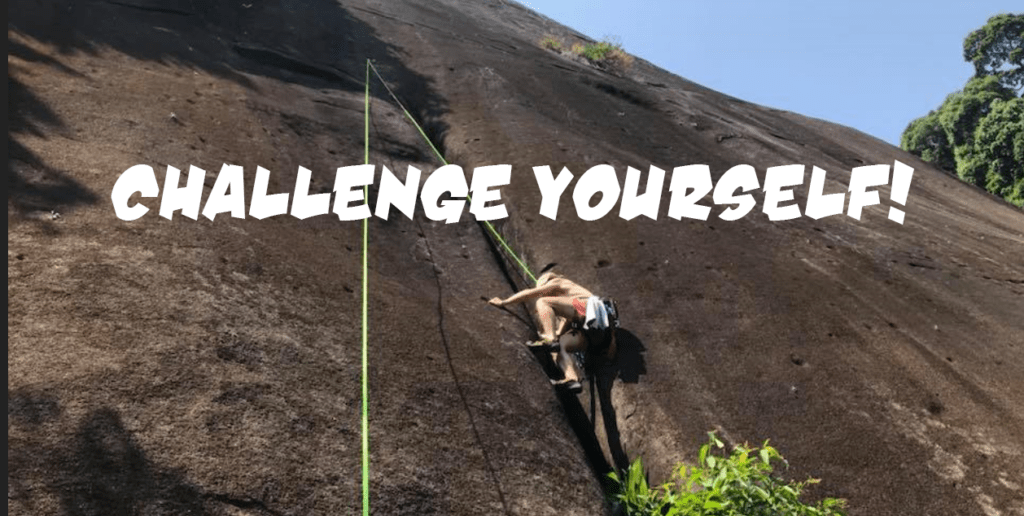My initial plan was to write about the late Sir Roger Bannister, who many of you may know because of his remarkable achievement in breaking the seemingly impossible 4-minute-barrier for a 1-Mile-Run on 6th of May 1954.
For many years, runners had tried to achieve that in vain, but after Bannister did it, several other runners were able to quickly follow, because the “invincible (psychological) barrier” had been broken.
While an article in the science of running somewhat debunks Bannister’s myth, I strongly believe that in real life we all struggle with this kind of “glass-ceilings” from time-to-time. I want to take a moment here to share my own recent “psychological barrier”, since it might provide you some-food-for-thought on how to break through your own glass ceilings.
As part of my studies with the UK National College for Hypnosis and Psychotherapy, in mid-February, I attended a course on how to support clients struggling with PTSD and traumatic experiences. Up until the time I took this course, I had studied for two years and had definitely learned new knowledge, tools and therapeutic approaches. But, if I am being honest, I had not yet felt the internal conviction and confidence to truly put all this psychotherapeutic knowhow to work and make a real difference in my clients lives.
This course changed this and broke my glass ceiling.
It not only gave me new tools and techniques to help clients create lasting changes in how they feel and how they manage their emotions. It also gave me new insights into why so many of us struggle at times with overwhelming worries, anxieties, fears, and doubts.
The course taught me there’s one clear reason. It has to do with how we process stressful past events by creating explicit and implicit memories.
Explicit memories are detailed, fact based, verbal descriptions, which we can choose to recall or not. In my own words, such memories have a “content, time and location stamp” and are properly filed away in the “this-is-what-happened there and then” part of our memory banks.
Implicit memories, on the other hand, represent sensations and emotions generated by how stressful the events in question made us feel. The key understanding here is these implicit memories aren’t stored in our brains. They are stored in our bodies. That’s so we can respond faster the next time we are exposed to the same or similar “dangerous” events. In contrast to explicit memories, they are not “properly filed away” and cannot be recalled at will.
They get triggered by associated stimuli such as sounds, smells, flashback-thoughts or even certain words. Since they have no “timestamp”, we experience them in our body as “real” in the “here and now” … and we, quite literally, start “sweating” with no conscious thought involved. In an instant, our feelings can become disturbing to the point of becoming completely overwhelming.
When we are in that state of being, we can’t think rationally. We are slaves to our emotional responses, and those are usually either panic responses or avoidance behaviours. There is no freedom in that emotional prison and no chance to expand our level of accomplishment and confidence in our abilities. Gosh!
But here’s the good news. The tools I learned in the workshop help clients consciously process these emotions and “file them away” effectively.
Many of us have not had to deal with the emotional fallout from seriously traumatic experiences like those on the battlefield or victims of terrible accidents have, but we still have to occasionally reckon with overwhelming worries, anxieties, and fears, especially at times like these.
The new approaches are based on personalized imagery and have not only helped me personally to stay calmer in such situations, but have enabled me to begin supporting my clients at a new and deeper level.
This in turn has given me more confidence in myself as a therapist and, interestingly enough, that seems to have helped me attract more clients, which supports me towards the 450 supervised client hours I need, to become a UK certified Psychotherapist.
In the long run, I do not see myself practicing solely as a Psychotherapist. I see myself, rather, as a “World-Class-Executive-Coach”, who can help you prepare for your next board meeting, create a high-performing organisation, work through office politics, etc., while also helping you maintain and enhance your mental and emotional wellbeing.
Reaching this point in my career, I feel as if I have broken through a glass ceiling. After studying for two full years, it feels as if all the theoretical knowledge and practical exercises have now come together to make a difference in my own life and the lives of my clients.

My challenge to you this month is to look at your own life and identify any potential glass-ceilings that exist for you. What psychological barriers are there that, once broken down, can truly make a difference in your own or other peoples’ lives?
For some of us, it’s that next level in our career, a new fitness regime, personal weight-loss progress or maybe a breakthrough in one of our relationships. Pause, reflect, notice the areas where glass ceilings could be. Then, see what you can do today to start breaking them down.
It may take a while. Some of our implicit memories are pretty deeply embedded and not that easily teased out into the open. But every journey starts with a first step or as Roger Bannister said: “Just because they say it’s impossible, does not mean you can’t do it!”
-Joerg

Leave a Reply